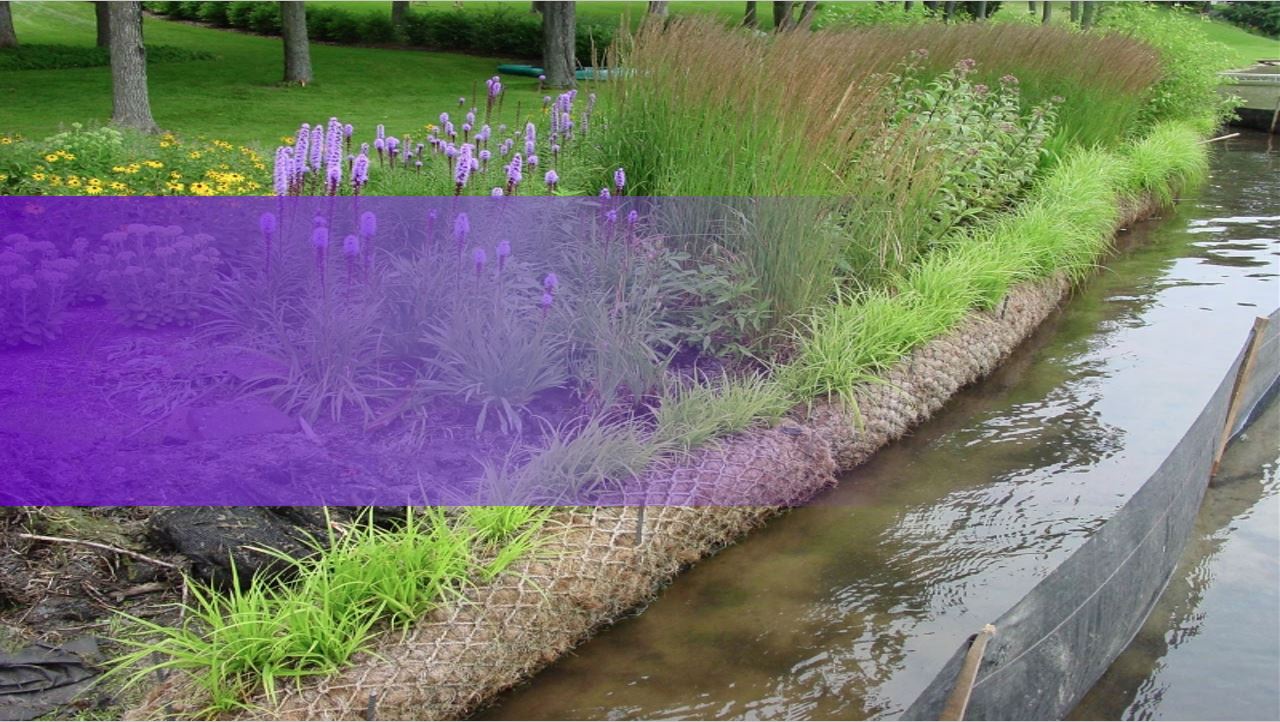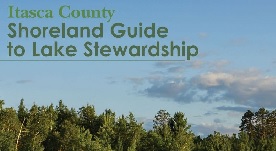CLEAN all visible aquatic plants, zebra mussels, and other prohibited invasive species from watercraft, trailers, and water-related equipment before leaving any water access or shoreland.

 218-326-5573
218-326-5573
Water quality benefits with Minnesota Buffer Law
Buffers help filter out phosphorus, nitrogen, and sediment, these are important for keeping water clean.
Learn More


The Lakes & Rivers of Itasca County Are a True Treasure
Lake Sampling, Watershed Assessment, and Development of a Lake Assessment Report. All services we provide to help protect the water resources of Itasca County.
Learn More


Learn More About Aquatic Invasive Species
Learn more about what you can do to help fight the spread of
Aquatic Invasive Species in Itasca County.
Learn More


Not only are natural shorelines beautiful,
they are critical in stabilizing the shoreline from damaging effects of erosion.
Learn More







CLEAN all visible aquatic plants, zebra mussels, and other prohibited invasive species from watercraft, trailers, and water-related equipment before leaving any water access or shoreland.
DRAIN water-related equipment (boat, ballast tanks, portable bait containers, motor) and drain bilge, livewell and baitwell by removing drain plugs before leaving a water access or shoreline property. Keep drain plugs out and water-draining devices open while transporting watercraft.
DISPOSE of unwanted bait, including minnows, leeches, and worms, in the trash. It is illegal to release bait into a waterbody or release aquatic animals from one waterbody to another. If you want to keep your bait, you must refill the bait container with bottled or tap water.

Contact our Office: (218) 326-5573